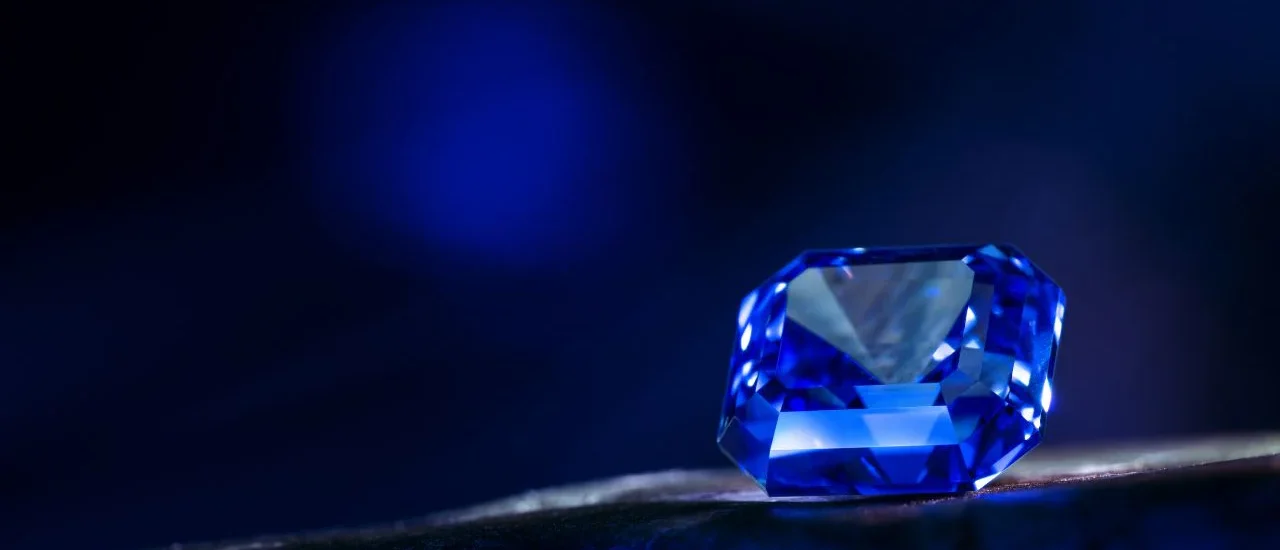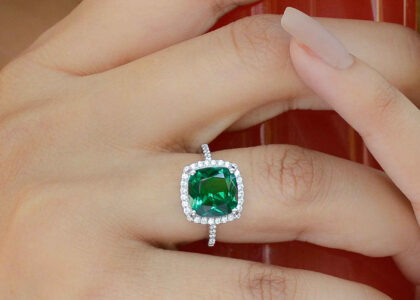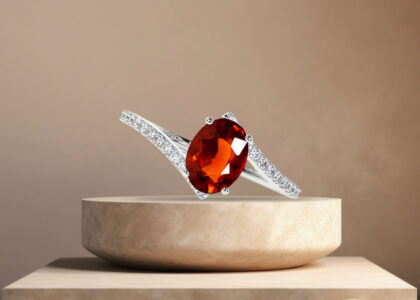The Blue Sapphire, associated with Saturn, is believed to be a potent gemstone that can bring either great fortune or misfortune depending on its authenticity and astrological suitability. A genuine and appropriate Blue Sapphire is said to bring success, wealth, and spiritual growth, while an inauthentic or unsuitable one may lead to struggles and setbacks.
This guide provides methods to distinguish between real and fake Blue Sapphires. It includes practical home tests for initial checks and advanced gemological assessments for confirming authenticity, ensuring the wearer benefits from a genuine stone.
7 Tests to Identify a Real Blue Sapphire Gemstone
A genuine blue sapphire should have a deep, rich, and evenly distributed blue hue. Stones that are too light, too dark, or have unnatural color variations may be synthetic or treated.
Natural sapphires may have minor inclusions but shouldn’t be excessively cloudy; a flawless sapphire at a low price is likely synthetic. Real blue sapphires exhibit a glassy, bright lustre and sparkle under light.
Now let us continue with some home tests,
- A genuine blue sapphire remains cool to the touch and warms up slowly when held, while a fake sapphire warms up almost immediately due to lower heat resistance.
- To test a sapphire’s authenticity, scratch its surface with a steel knife or glass. A genuine sapphire, ranking 9 on the Mohs hardness scale, will resist scratching. Scratches indicate the stone is likely fake or composed of a softer material.
- A genuine blue sapphire will sink quickly in water due to its high density, while imitations made of lighter materials like glass or synthetics may float or sink more slowly.
- A genuine sapphire will allow light to pass through it while maintaining its deep color; an overly transparent stone is likely an imitation.
- Breathing on a sapphire creates condensation; a genuine sapphire will defog rapidly (1-2 seconds), whereas imitations or treated stones will take longer due to differing surface characteristics.
- Natural sapphires can be distinguished from synthetic ones by examining their inclusions under magnification. Natural stones typically have tiny inclusions like thin lines or mineral deposits, while synthetic stones often exhibit air bubbles or an unnaturally flawless appearance. A jeweler’s loupe or magnifying glass is recommended for this inspection.
- Some genuine sapphires may fluoresce under ultraviolet (UV) light in shades of blue or yellow, but this test is not definitive as not all real sapphires exhibit fluorescence.
Professional Tests to Identify a Real Blue Sapphire
A professional gemologist is the most reliable resource for authenticating a blue sapphire when home tests are inconclusive; gemologists and astrologers have specialized methods to verify the gemstone’s genuineness.
- A refractometer is used to measure a gemstone’s refractive index (RI). For example, a real blue sapphire has an RI between 1.76 and 1.78, and if a stone’s RI falls outside this range, it may be synthetic or another mineral.
- The specific gravity test measures a gemstone’s density by comparing its weight in air and water. For genuine blue sapphires, the specific gravity typically falls between 3.97 and 4.03, while synthetic or fake stones often exhibit significantly different values.
- X-ray Diffraction is an advanced analytical technique used to verify the authenticity of gemstones like blue sapphires. By exposing the gemstone to X-rays, the test analyzes its crystal structure, leveraging the fact that each mineral possesses a unique atomic arrangement, thus providing a definitive confirmation of the gemstone’s identity.
- To ensure the authenticity of a gemstone, it is crucial to obtain a certificate from a well-known gemological laboratory like GIA or IGI. These laboratories employ sophisticated methods to confirm the gemstone’s origin, quality, and whether it is natural.




